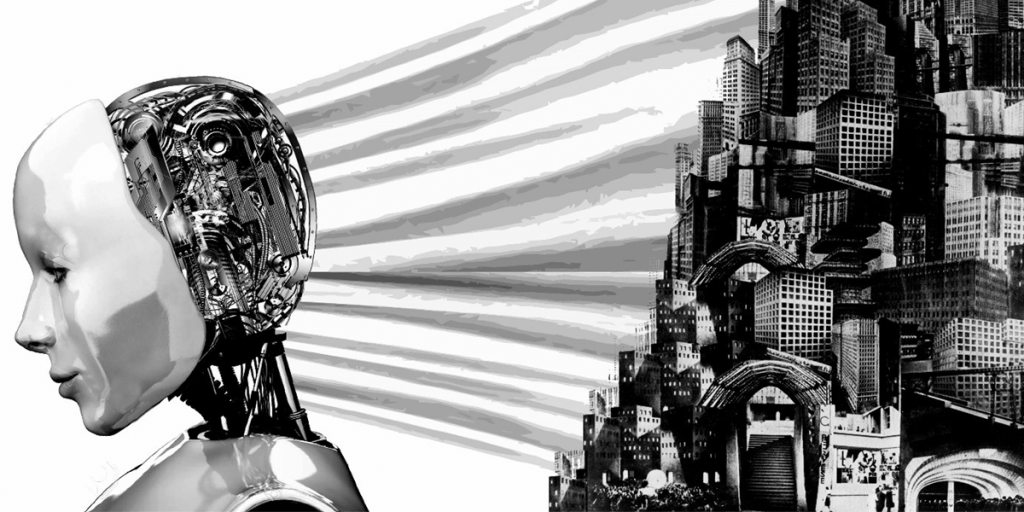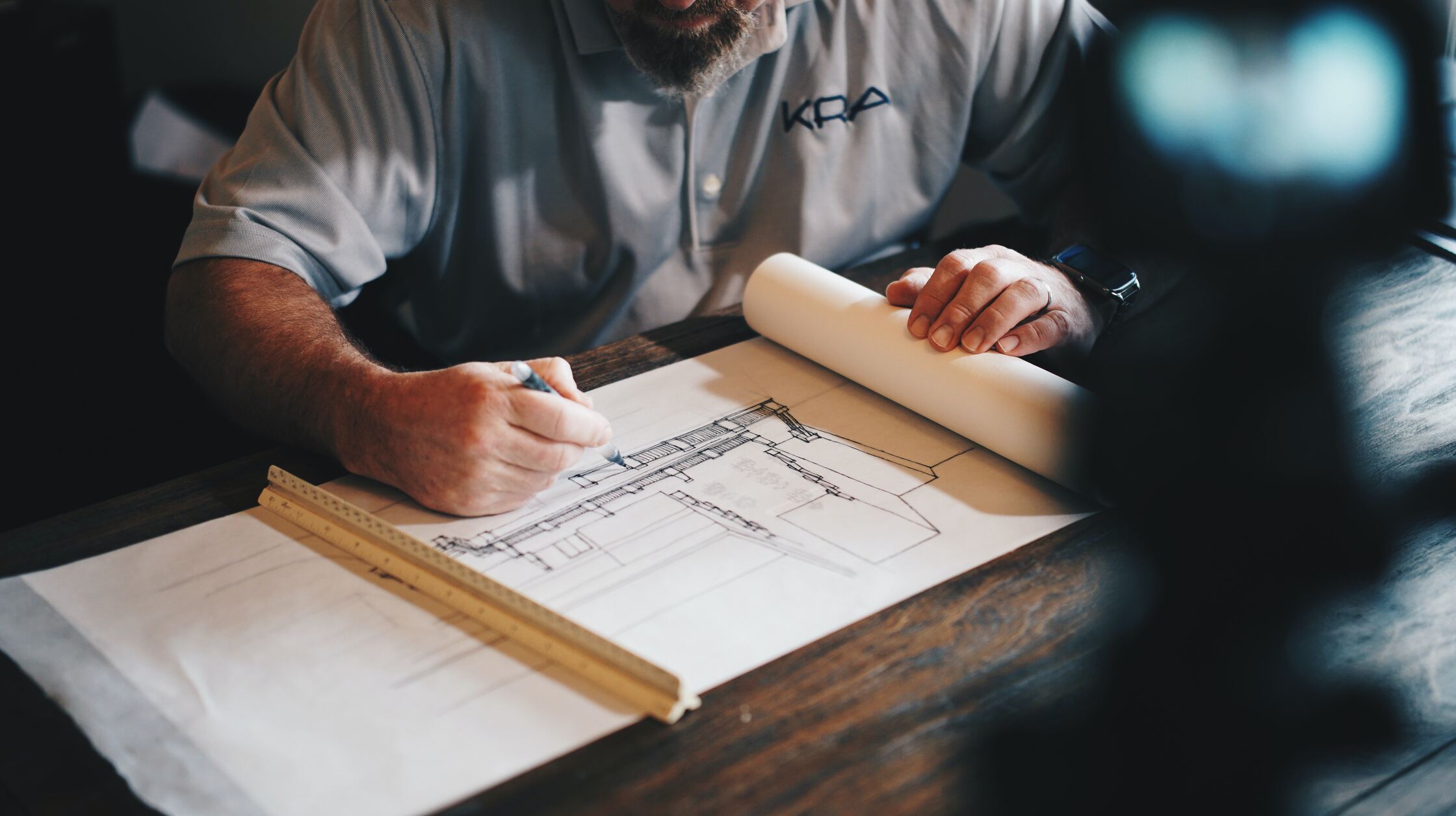The advent of artificial intelligence has undoubtedly transformed numerous industries, revolutionizing the way we work and live. As technology continues to advance at an unprecedented pace, there is growing speculation about the potential replacement of certain professions by AI. One such field that often sparks debate is architecture. In this blog, we delve into the question: Will AI replace architects? Join us as we explore the intersection of creativity and automation, examining both the promises and challenges that lie ahead for this esteemed profession.

As Wanyu He and her team at XKool continue to redefine the way buildings are conceived and constructed, we find ourselves at the threshold of a new era. The challenges are many, and the path is fraught with uncertainties, but the potential for innovation is unparalleled. What XKool has done with a hotel in Shenzhen is a testament to the transformative power of AI, and the company’s ambitions extend far beyond that singular project.
It’s not just about constructing buildings faster or cutting costs; it’s about reimagining what architecture can be in a world that is constantly evolving. With AI-powered tools, we can look forward to environments that adapt, grow, and perhaps even think alongside us. It may look clunky now, but it’s a harbinger of a future where the structures around us are not just inanimate shells, but living entities shaped by algorithms and intelligence.

In the hands of visionaries like He, the blueprints are not just being redrawn; they’re being reinvented. The traditionalists may scoff, and the challenges are real, but there is no denying that we are witnessing the birth of something exciting, something novel. The future of architecture, it seems, is not merely on the drawing board – it’s already here, waiting to be explored, understood, and embraced. It’s a future that demands not just a new way of building, but a new way of thinking. The dance of the green blocks may look surreal, but it’s a dance towards a future that may be closer than we think.
But perhaps that robotic aesthetic is not a bug, but a feature. A new frontier is being explored, where architecture becomes more fluid, dynamic, and, above all, responsive. Through the eyes of traditionalists, XKool’s approach might appear sterile, lacking the human touch that has shaped buildings and cities for centuries. However, it may just be a glimpse into an architectural future that is brave, efficient, and unencumbered by the biases and constraints of human design.




